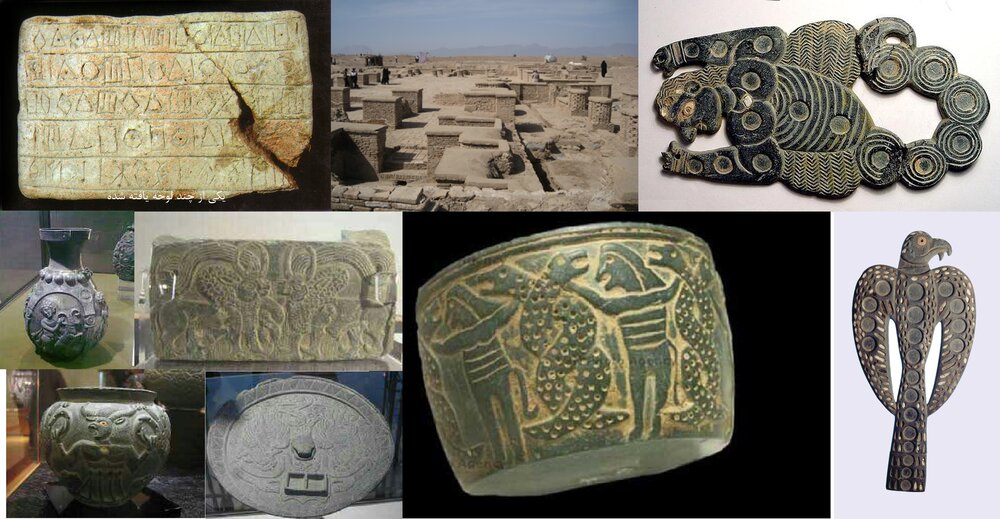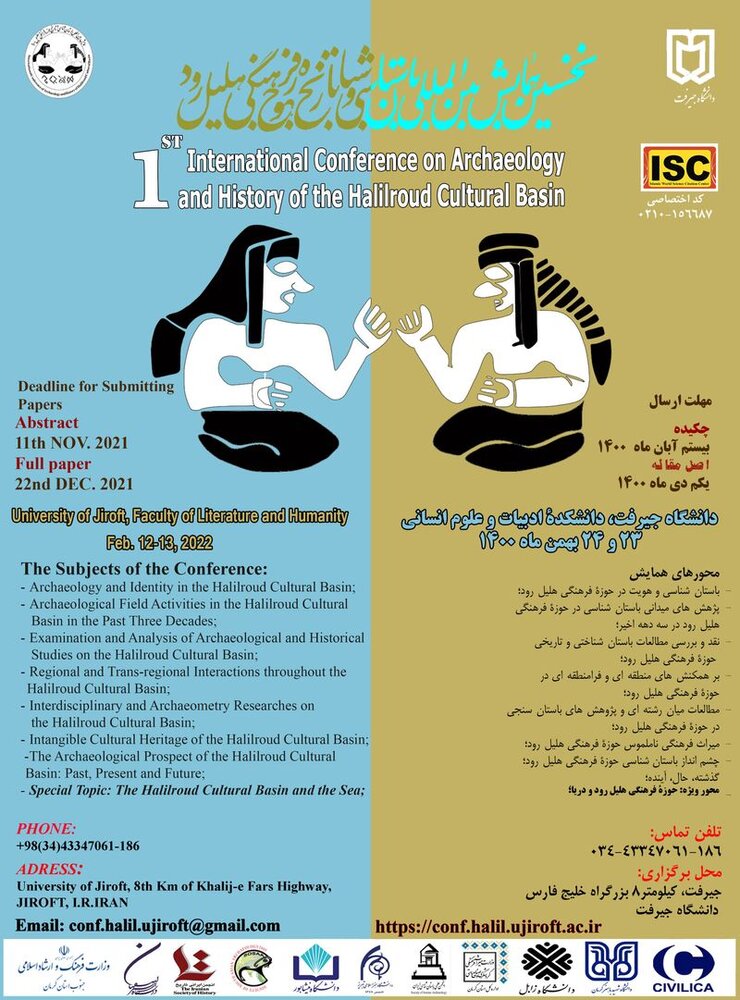Two-day conference to look at the puzzle of Halilroud, Jiroft civilizations

TEHRAN – The interwoven civilizations of Halilroud and Jiroft will be discussed by experts of various disciplines in a two-day international conference, which is scheduled to commence tomorrow at the University of jiroft in southern Iran.
The event will bring together archaeologists, historians, anthropologists, linguistics, and cultural heritage experts to discuss the puzzling cultures, which are believed to date from Bronze Age.
Archaeological studies show that Halilroud is one of the oldest civilizations in the East, and to understand its importance and status, terms such as “the oldest cradle of world civilization” are sometimes used, according to the Research Institute of Cultural Heritage and Tourism, ISNA reported.
Organizers say that the conference would turn the spotlight on essays and articles so far being authored on civilizations that emerged near the Halilroud basin, and it is expected to provide a platform for researchers and archaeologists to exchange views.
In the very early 21st century, rounds of heavy floods along the Halil River swept the topsoil off thousands of previously unknown tombs and led to the discovery of many artifacts believed by archeologists to belong to the Early Bronze Age (late 3rd millennium BC).
Astonishingly the chlorite vases found in Jiroft were not an unfamiliar object for the archeologists. Chlorite vessels similar to the stunning examples unearthed at Jiroft had been found from the Euphrates to the Indus, as far north as the Amu Darya and as far south as Tarut Island, on the Persian Gulf coast of Saudi Arabia.

The primary Jiroft site consists of two mounds a couple of kilometers apart, called Konar Sandal A and B, and measuring 13 and 21 meters high, respectively. It was at Konar Sandal B that the archeologists dug out the seal impressions bearing writing.
So far, the archeologists have excavated around nine vertical meters of Konar Sandal B, discovering vestiges of a monumental, two-story, windowed citadel whose base covers nearly 13.5 hectares (33 acres). Madjidzadeh speculates that this imposing edifice once housed the city’s chief administrative center and perhaps a temple and a royal palace.
Finding the structure’s façade was difficult enough, but locating an entrance took the team weeks of digging through clay packed hard by millennia of rain-wash.
In 2019, a team of Iranian and German archaeologists discovered remnants of a prehistorical settlement during a survey in an ancient hill in Jiroft. Senior Iranian archaeologist Nader Alidad-Soleymani and German Professor Peter Pfalzner co-led a comprehensive survey, which aimed to record evidence about previously excavated sites in the counties of Jiroft, Kahnouj, Anbarabad, Faryab, Rudbar, Qalehganj, and Manujan.
Jiroft, a fertile plain situated in Iran’s Kerman province, is a splendid cradle of civilization, which dates from the Early Bronze Age (late 3rd millennium BC). Geological factors have led to it being overlooked for years by tourists and archeologists, who have generally been more interested in Mesopotamia some 1,000 km away.
Jiroft is surrounded by mountains on three sides, rising some 4,000 meters high. Many Iranian and foreign experts see the findings in Jiroft as signs of civilization as great as Sumer and ancient Mesopotamia.
AFM
Leave a Comment